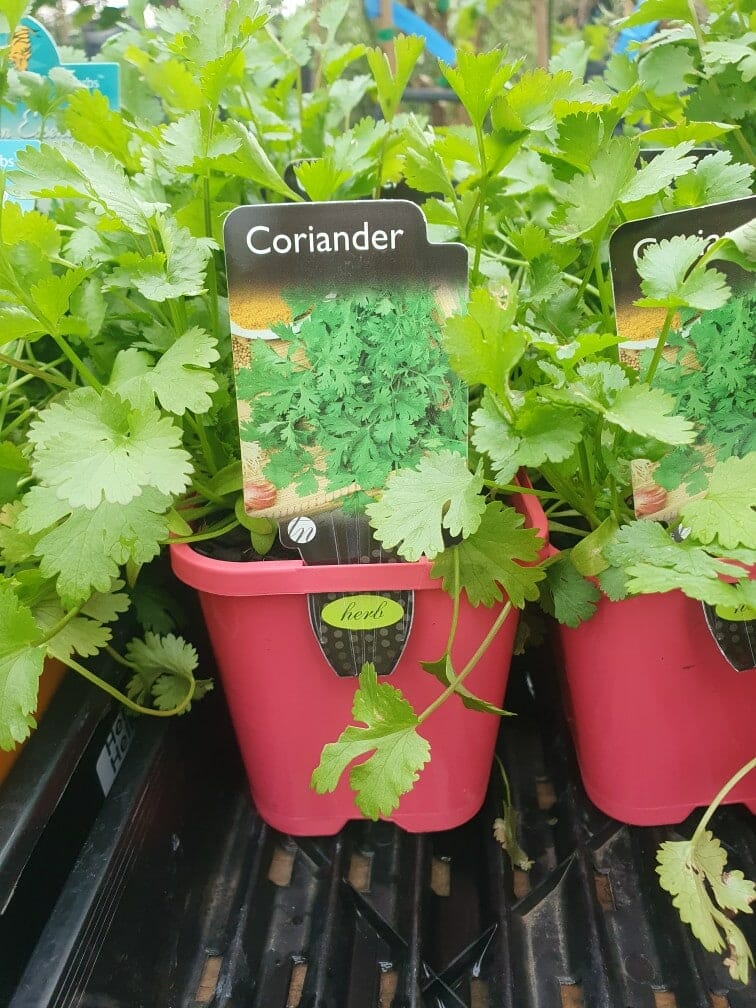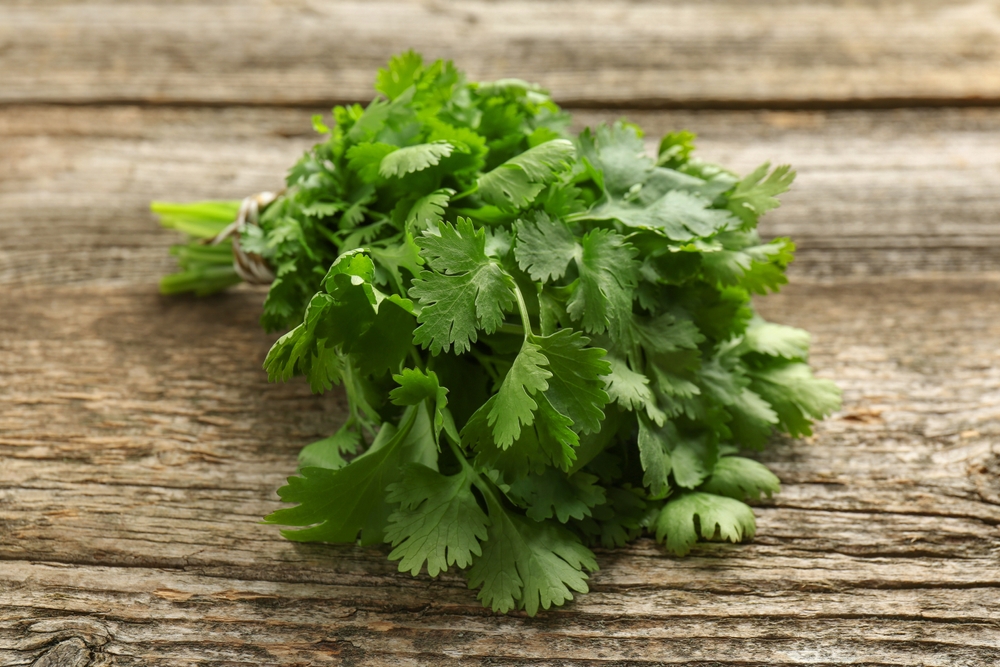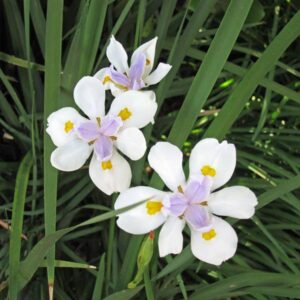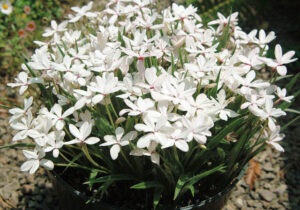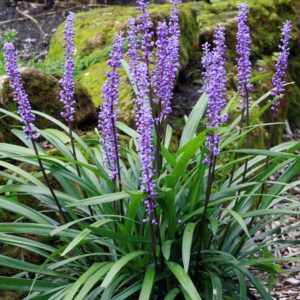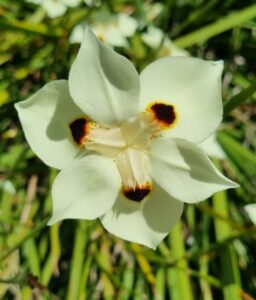Coriander 4″ Pot
$6.99
Coriander is an annual herb, and is native to many regions across the world, including Southern Europe, North Africa, and South Western Asia. It is a tender plant, that only grows to about 50cm. It produces small white or very pale pink flowers that seed. Coriander grows better during the cooler months of the year, during the summer it changes from leafy to seedy very quickly. When it goes to seed the plant is at the end of its productive cycle, making it hard to get good leaves from it. Coriander likes a sunny position in well drained soil, with regular watering and fertilising. It grows well in pots as well as in the ground. All parts of this plant are edible, including the roots. The leaves have a different taste to the seed. And due to the chemicals that are involved, people generally love coriander or hate it! The fresh leaves are used in a lot of different cooking, such as in Indian chutneys and salads, in Chinese and Thai dishes, in Mexican salsa and guacamole as a garnish, and also in salads in Russia. As coriander has a very subtle flavour, it doesn’t cook very well, so is generally added to dishes raw, or just before serving. Coriander seeds in Indian cuisine are called “dhania”, and are used as a spice. They have a lemony citrus flavour when crushed, and are described as a nutty orange flavoured spice. The nutritional value of the seeds is different to the fresh leaves, and they have less vitamins, however, they do contain significant amounts of calcium, iron and magnesium. They are used in Indian curries, and are often roasted and eaten as a snack. They are often boiled with water and drank as a cold remedy. If you grow coriander for the seed, harvest the seed, and place in a paper bag, hang this up somewhere cool and dry, like in your pantry, the should be dried and ready to use in a couple of weeks. Then just roast them slightly on a dry pan before crushing them for powder! The roots of the coriander plant have a more intense flavour than the leaves, and are used in a variety of Asian cooking, mostly Thai dishes including soups and curry pastes.
In stock
| botanical name | Coriandrum Sativum, or Chinese parsley |
|---|




